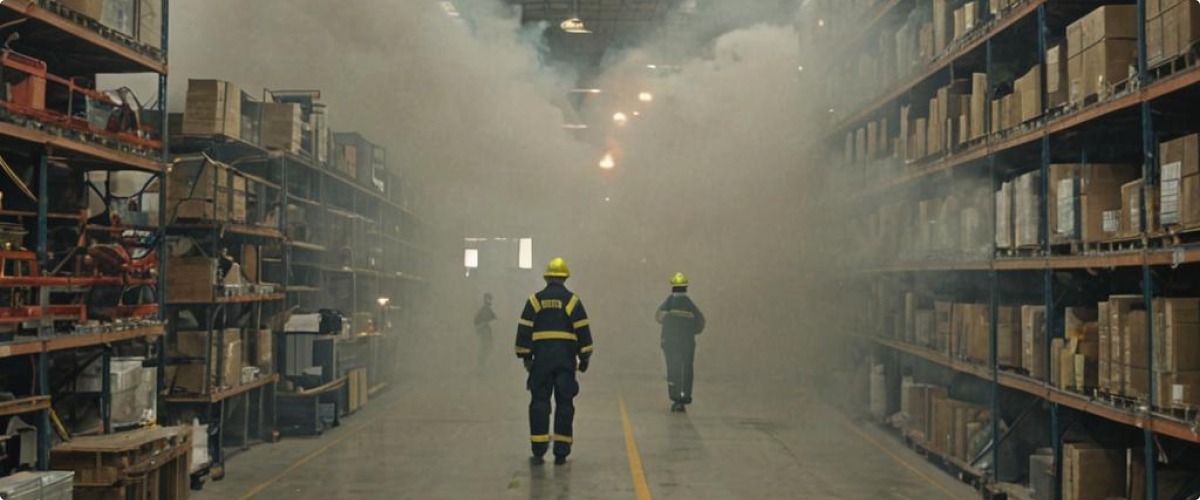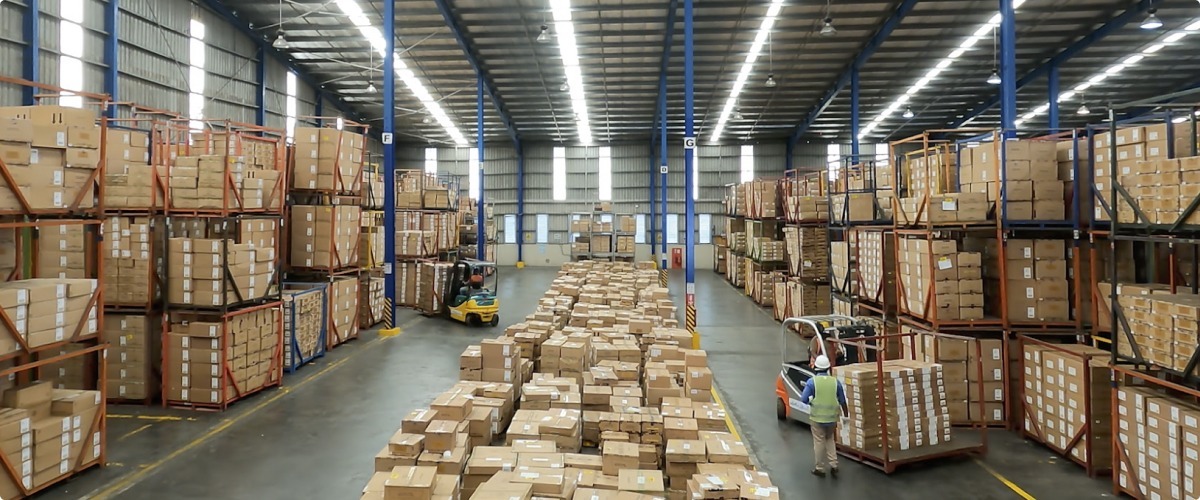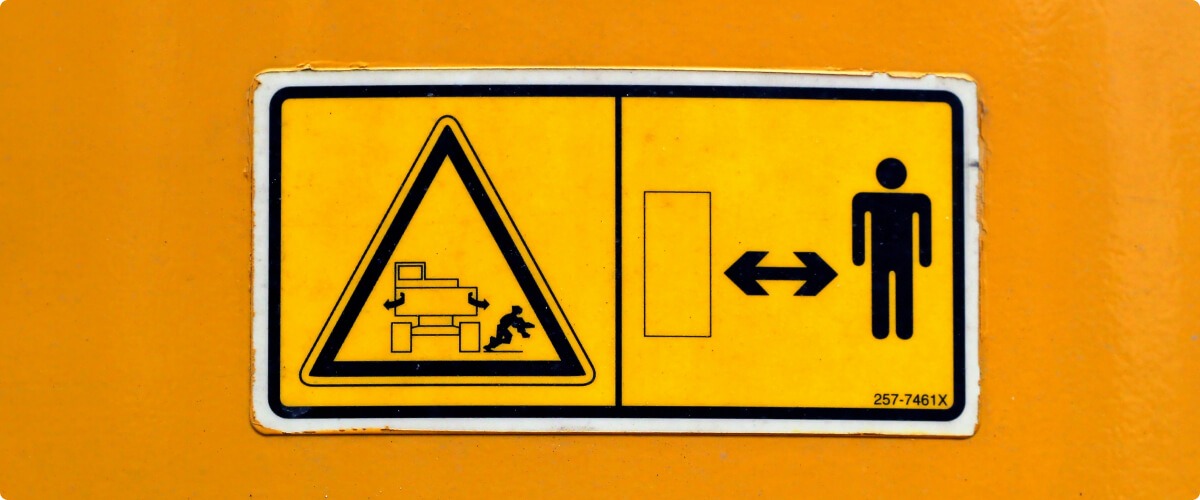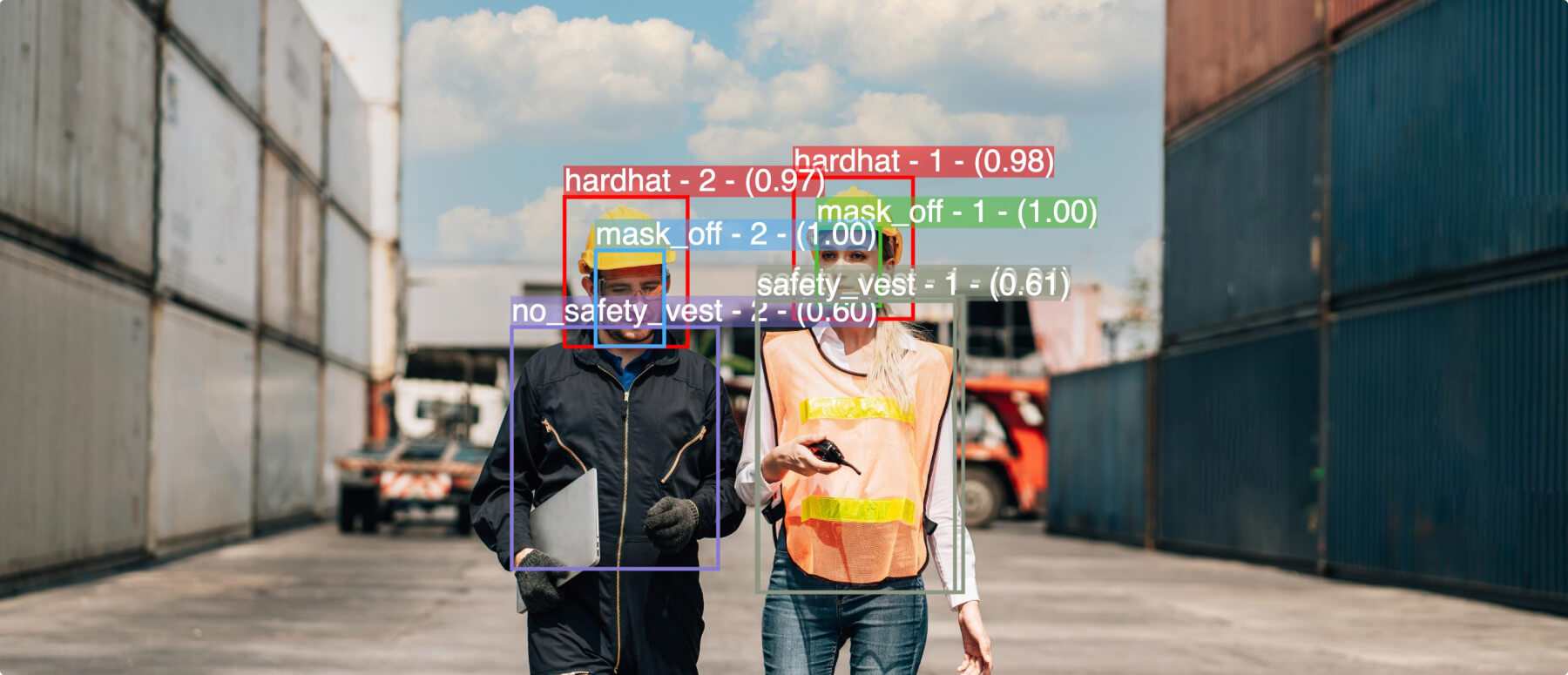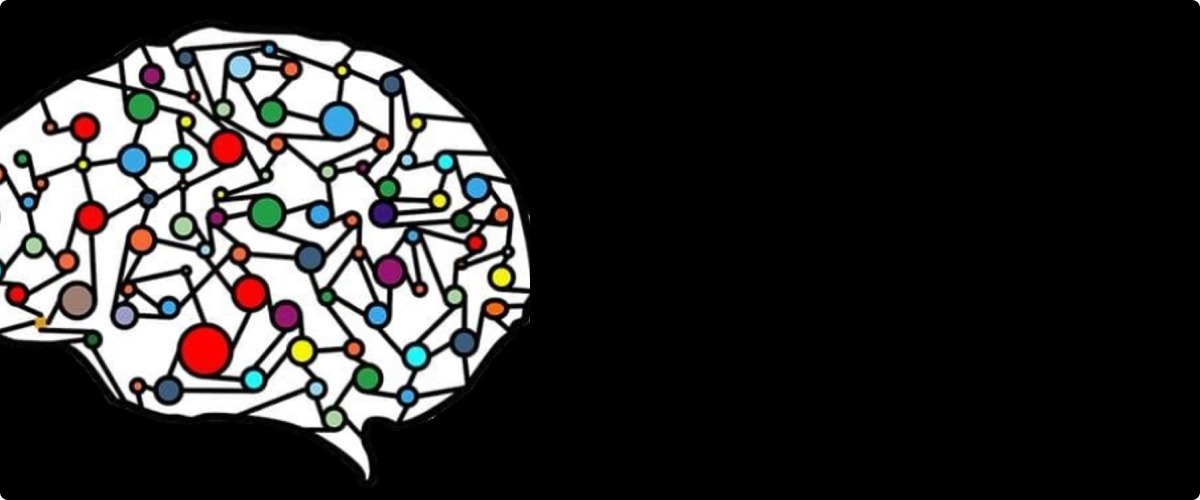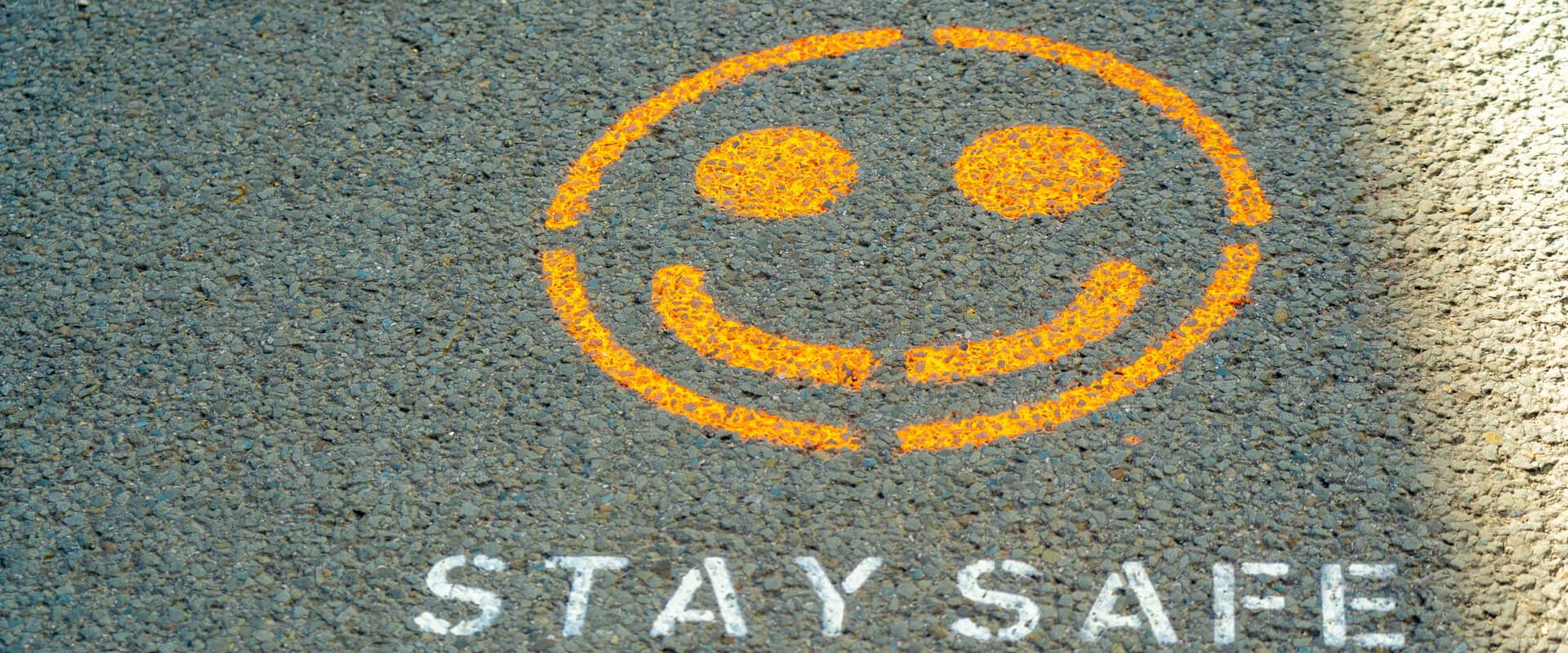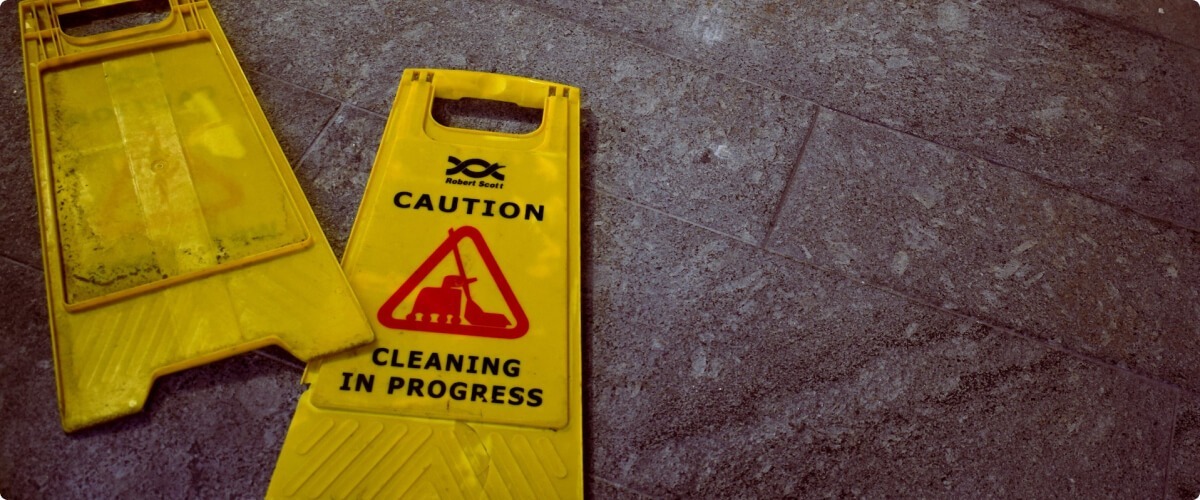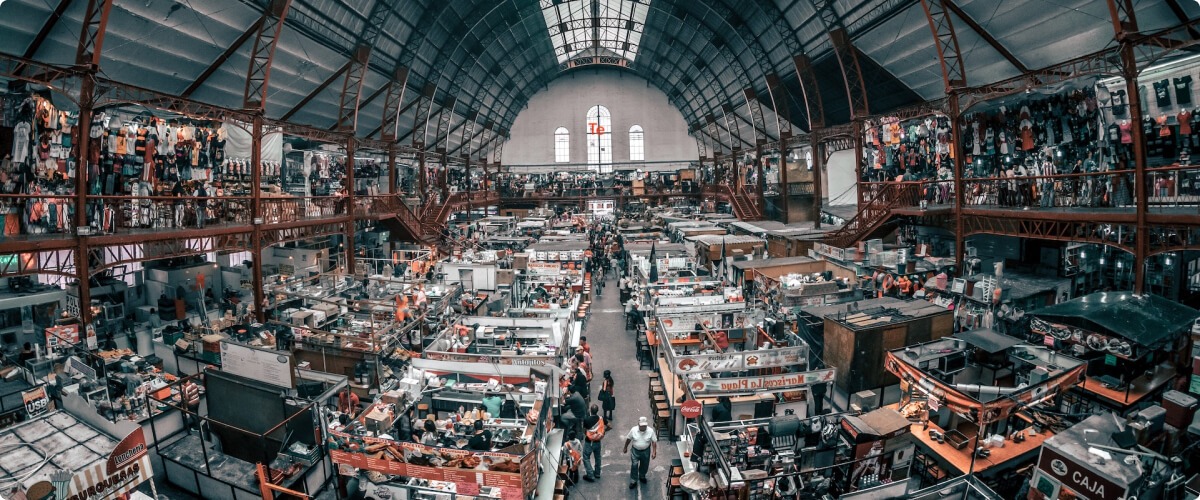In this 30-minute podcast, Jonathan Westover of HCI interviews Michael Liou of Chooch AI on workplace safety with computer vision. “If you’re in a workplace, let’s say a warehouse and you want to demonstrate a culture of safety and compliance, and you can count how many times people wearing their hard hats and ensuring people were under safety vests and detecting any smoke or fire.” Listen now or read on.
Listen now at HCI Podcast Site for more interviews or read the transcript below.
Jonathan H. Westover, Ph.D.:
Welcome to the Human Capital Innovations Podcast. In this HCI podcast episode, I talk with Michael Liou about the latest trends and developments related to AI in the workplace.
Michael:
Thanks Jonathan. Thanks for having me today.
Jonathan H. Westover, Ph.D.: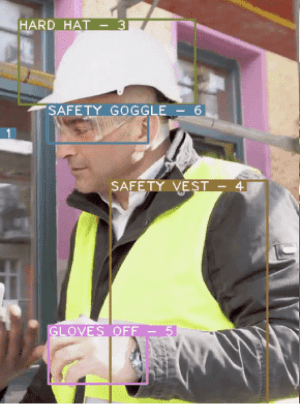
Yeah, it’s a real pleasure. I’m excited to have this conversation with you. It was fun getting to know you a little bit in the pre-interview as we were just talking and getting to know each other and getting ready for the episode and you have expertise in an area that I know listeners are super tuned into. That is AI; AI in the workplace. And how do we leverage artificial intelligence and deep machine learning to better our workplaces in a variety of ways? So that’ll be the topic that we explore together today, and I’m really excited for the conversation as we get started. I wanted to share Michael’s bio with everybody. Michael Liou is VP of Strategy and Growth at Chooch AI, where he brings a unique blend of strategy, marketing investment, venture capital, and product development skills.
Jonathan H. Westover, Ph.D.:
Michael brings an extensive background in venture capital where he has been an active early stage investor, investing in over 100 tech startups, including notable unicorns, such as Robinhood. Michael worked with Citi Private bank, serving ultra high net worth family offices in the Bay Area. Prior to his role at Citi, Michael founded Anvil Capital Advisors. He also spent 18 years at Goldman Sachs as a Managing Director overseeing several business units, both in New York and San Francisco. He holds a Master of Business Administration from NYU Stern School of Business, a Master of Science from Columbia University’s School of Engineering and Applied Sciences and a Bachelor of Science from Brown University. He recently served on the board of the San Mateo Public Library Foundation. It is a real pleasure to have you Michael, so much expertise, such a rich career, and so many insights. I’m sure you’re going to be able to provide, as we launch into the conversation about artificial intelligence in the workplace. Before we do that, though, is there anything else you would like to share with listeners by way of your personal background or context that would lend itself to this conversation?
Michael:
Well, thanks Jonathan. I think probably the only thing I would like to share is in my last 10 years of investing, I’ve encountered a lot of great companies and ironically Chooch AI was actually the first company I invested in, actually back in 2016. And it actually was my largest seed check in the last five plus years or so. And so I’ve been quite fortunate to have a front row seat watching this company grow and develop this technology for the first three and a half years or so. And then find it somewhat ironic that in December of 2019, I was asked by the CEO Emrah Gultekin to actually join as Head of Strategy and Growth. And so now I find myself back in technology where I originally started with Bell Labs Research back in the Eighties, now working with some of the best and brightest people at this AI company.
Jonathan H. Westover, Ph.D.:
Yeah, that’s really great. And again, you have a really nice complimentary set of experiences in your portfolio, the work that you’ve done over the years throughout your career. And it’s led you to this space now where you get to, as VP of Strategy, you get to lead out with this AI development and integration across organizations. So you’re attuned to all the latest trends, all of the latest developments in the field. And I’m super interested in learning from you today and having a conversation about what those are and how we can best as people managers, as organizational leaders, how we can best leverage the existing technologies to improve the lives of our people to improve the situations that we find ourselves in within the workplace. So why don’t we start by just exploring some of the current trends? What are you seeing in this space and what is, well let’s start there? What are the current AI trends? And then we can start to move into how we see that moving into the workplace.
Michael:
Sure Jonathan, and thanks again. So when we think about our capabilities as a visual AI company or computer vision, we understand that there are still some bottlenecks out there in terms of the development cycle and what this company has done has really shortened that cycle in terms of generating data sets, in generating these computer vision models, but also putting them out on edge devices. And that means that the compute is actually happening right on the factory floor, right in the warehouse, right in a retail outlet where we can now maintain a really accurate and a high speed of predictions, if you will. And at the same time, maintain that privacy and protection of data, which is really, really important. This is a trend that we’ve seen across all industries.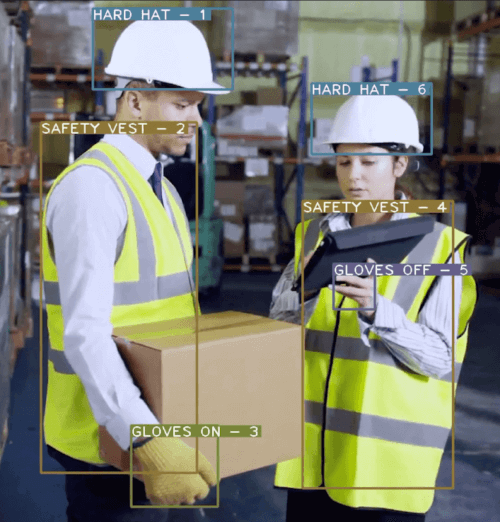
Michael:
And then second, if you think about visual AI as a sensor, we can actually enhance human productivity, reduce risk and increase yields by kind of replacing some of the more tedious and manual tasks that humans have to go through every single day and then allowing those humans to potentially perform higher level functions. So imagine an assembly line of bottles are coming through and using machine vision to detect the defects on caps and labels. Well, if we can kind of automate that we can potentially re task people to do more complex tasks versus just looking endlessly at a line of bottles, looking for defects as an example. Or imagine-
Jonathan H. Westover, Ph.D.:
Can I just comment on that as one back, a lifetime ago, back when I was a young and saving up money to go to college. I spent my time on an assembly line in a factory. So I’ve had some of that experience. It’s not a pleasant job. You know, it’s very tedious. It’s mind numbing work. Time moves so slowly. If you want to leverage the potential of people, having them doing those kinds of manual menial tasks day in and day out is not the best way. And so I just wanted to note really quickly cause you made the comment, these technologies… I know people get afraid. They fear AI because they worry about displacement of workers. They worry about automation and the loss of jobs. And certainly there will be tasks and even some jobs and perhaps even some professions that are replaced by machines, but there’s going to be so many more opportunities that are created and new jobs, new tasks, new roles that are going to be created because of the technology, just like we’ve seen at every stage of the industrial revolution.
Jonathan H. Westover, Ph.D.:
And as we talk about being in this being industrial revolution 4.0., yeah, we’re going to have certain jobs that go away. We’re going to have certain tasks that go away, but to the betterment of the workers, ultimately as we re-skill and up-skill and do more complex things that are more interesting and engaging and ultimately more fulfilling. We’ll be able to thrive more, I think, as people in the workplace. So that’s just a quick comment I wanted to make, because I really do think that that’s an important benefit to everything that we see coming down the pipeline with AI, machine learning, automation and such.
Michael:
Absolutely Jonathan. And as a matter of fact, one of the other advantages that, computer vision can provide is that degree of consistency and uptime. So imagine a warehouse scenario or an airport scenario where we’re trying to look for people who are wearing the appropriate safety gear or looking for people of interest. The human being, when they’re focusing on these tasks, can be efficient up to a certain point. And then thereafter, fatigue can potentially set in. You might be texting your friend. You might have to eat lunch or go to the bathroom, whereas a camera outfitted with the appropriate, accurate computer vision models can tirelessly continue to perform those menial tasks and also aggregate that data too. And that data can be stored and analyzed for future analysis.
Michael:
So if you’re in a workplace, let’s say a warehouse and you want to demonstrate a culture of safety and compliance, and you can count how many times people wearing their hard hats and ensuring people were under safety vests and detecting any smoke or fire. When it’s very, very early stage, you’re going to have fewer accidents. You can decrease the risk of workers in a workplace. And ultimately, you’re going to be able to decrease frequency and severity. And if that can be demonstrated to an insurance company, there is a significant chance that you can reduce the amount of premium that you paid to the insurance company of workers’ compensation. So there isn’t a real ROI here, not to mention the cultural and safety indemnity and long-term, and short-term disability benefits that come along with that reduction of risk.
Michael:
Yeah, absolutely. In that, the risk management component is one that I have to admit, as people talk about the benefits of AI, that’s not the first thing that most people start to talk about. And it’s not the first thing I usually think about. But as an HR professional in the HR and people management space, safety and compliance is a big deal. And if you want to make sure, the premium issue and the cost savings component alone is worth doing this. But also, just the human cost of pain and suffering due to injuries or heaven forbid even death in the workplace; if we can eliminate more of those types of incidences. That’s to everyone’s benefit, that’s the organization’s bottom line benefit, but it’s also to the team and the individuals’ benefit because they’re taken care of and safety and compliance is a really tough nut to crack.
Michael:
I think anyone who works in that space knows how difficult it is and best intentions don’t mean much of anything. If you don’t actually have the systems and processes in place to make sure that your people are kept safe and they are complying with the rules and the regulations. And so having the AI to assist you like you’re describing will be a really huge benefit to organizations. Not just to the bottom line, but like you said, to the culture of safety, to the culture of, not just physical safety. We want psychological safety in the workplace. We don’t want people fearing how they’re going to be taken care of at work. We want to take that off the table. We want that to just be a given that people are safe, people will be taken care of.
Michael:
Absolutely. There’s the financial repercussions. And then as you mentioned, there’s the cultural repercussions, culturally meaning of reputational risk, a compliance risk, sanctioned risk, and of course, litigation risk as well too might. So why open yourself up as some of these near misses or behaviors can be tracked and potentially buttoned down so that you reduce the risk overall. It could be something as simple as detecting puddles or slippery surfaces before someone falls down, to sending an alert to someone who is on a ladder who should be wearing a safety harness before they ascend a ladder? Everyone likes to save time, but, you should also make sure that people aren’t texting while they’re driving a forklift. Or texting when they’re near a earth mover, moving around on a commercial work site. So there are many applications of computer vision that seems somewhat innocuous, but when you add them all up, actually can lead to a greater culture and environment of safety and lower risk.
Jonathan H. Westover, Ph.D.:
Yeah. I love it. And I just heard, I’m sure you have too. I’ve heard so many horror stories of people who are just, again, they’re cutting corners, not because they’re lazy, usually. They’re cutting corners because they’re trying to be efficient. They’re trying to move more quickly. They’re trying to produce for company. And a lot of times there is performance pressure being put on them. And so, they have to harness up and they’re like, “Ah, it’s just a really quick thing. I can just jump on real quick and I’ll be up and down, you know? And if I have to harness up, it’s going to take more time.” And so they just want to do it quickly. That kind of thing, those types of incidences happen all the time. And they’re so avoidable, not just because you have someone monitoring and people know that they’re monitored, and then they get the alerts like you’re describing. But it holds management accountable too, to not put undue pressure on time and efficiency when it is sacrificing safety.
Jonathan H. Westover, Ph.D.:
Because oftentimes when I’ve gone into organizations and I’ve seen a poor safety record, it’s usually a dual problem. There’s some training issues usually that have to be put in place. There’s some processes that need to be fine tuned to make sure that people know what they need to be doing, how and when and all of that. But usually there’s also a cultural component due to the pressure being put on the workers by administrators that is unsustainable. And it leads to people cutting corners and those safety corners in the long run are going to be very much more detrimental to the success of the organization than if they take a couple extra minutes to practice those safety procedures. So as you’re describing, this visual component, it’s an extra layer, it’s an extra mechanism to ensure that you’re holding everyone accountable, that you’re making sure that everyone is taking safety very, very seriously. So what are some of the other trends that you see out there right now, and that your organization’s working with in relation to AI in the workplace?
Commercial Break:
I’m excited to announce the publication of my new book from HCI Press, “The Alchemy of Truly Remarkable Leadership: Ordinary, Everyday Actions That Produce Extraordinary Results”. Consider how the nature of work has shifted over the past 50 years with increased globalization, rapid technological advancement, and the shift in economic composition. The average job of today looks very different than the average job of 50 years ago. What will the jobs and organizations of tomorrow look like? Moreover, what does this all mean for organizational leaders? What are the core competencies and capabilities of organizations and their leadership that are prepared for continued disruption and geopolitical and socioeconomic shifts? Regardless of what the future holds, increasingly leaders need to be socially minded, data-driven, decisive ,champions of talent and disruptors of the traditional notions of leadership, teams, organizations, and work. “The Alchemy of Truly Remarkable Leadership” will help you to explore your own leadership competencies and capabilities and consider ways to apply and implement them into your workplace and personal life.
Michael:
I would say that safety and security in the workplace is certainly paramount because every industry has a warehouse or every industry has a logistics staging center. And if you think about the trends in retail with omnichannel being here to stay, you’ve got more pressure to build these logistics centers and these fulfillment warehouses. So there is this kind of breakneck speed to build all this infrastructure, which means more and more people will be entering to the workforce that will be exposed to these dangers. And so, as a result, in this kind of hurry to be competitive, there is this risk again that people may cut corners. There is an OSHA requirement that if you have an injury or accident in the workplace, this needs to be reported in 24 hours. And I’m pretty sure that’s not being complied to.
Michael:
And you might be able to get away with cutting corners every single day, but all you need is that literally 1% chance to come to fruition where there’s a death or dismemberment, and it just ruins everything. Ruins morale, increases risk. There’s a ton of paperwork needs to be fulfilled. And so again, ensuring that there’s this compliance and culture of safety, I think is paramount. And this goes for the construction industry as well, where you could argue they’re even more dangerous jobs like roofing as an example, which have some of the higher risks out there, or jobs in slaughterhouses, which are also a very, very risky as well. But we’ve also focused on a public safety and so there’s a little bit of overlap. So in addition to detecting PPE equipment in the industrial workplace, we’ve also developed models for things like smoke detection, fire detection, fall detection in public areas, nursing homes, hospitals, and we’ve also developed weapons detection to handgun, knife and rifle.
Michael:
And if one’s able to detect these anomalies earlier, than potentially emergency response can be activated more quickly and render aid or help all a bit more expeditiously onsite. So imagine a mall where you typically have video cameras everywhere, and three people sitting in the security room, looking for events that don’t happen. It might be better if they could actually be walking the premises and having an AI to say, “Hey, there’s a fight breaking out in front of Macy’s” or “Hey, there’s a slippery surface in front of JC Penny’s. Someone better mop that up before they crack their skull. And then sue the mall operator as an example.” So I think public safety is also another area. And this blends into the overall arching theme of smart city. Can we enable computer vision to help our cities safer? Ensuring that people are not driving and using mobile phones at the same time, making sure they have their seat belts on, detecting any areas where there might be a violence breaking out, or there may be a fire or smoke breaking out.
Michael:
The current state of technology for detecting smoke and fire indoors is thermal sensors and smoke detectors. Well, in 30 foot ceiling warehouses, those flames need to be pretty big before they start setting those things off. What would happen if we could actually use computer vision to detect smoke and fire at a much earlier stage? You might be able to prevent a full-blown conflagration and a three alarm response from the fire department. You might be able to put it out on your own or elicit a smaller response and be a little bit more preventive. Now I must caution that these technologies aren’t regulated. Obviously smoke detectors and heat sensors are regulated and do provide a very good level of safety. But we do think that computer vision, our AI models, could be complimentary into these existing technologies and again, potentially save lives and damage and speed response or initiate sponsor faster.
Jonathan H. Westover, Ph.D.:
Yeah, yeah. And that speed response, I think, is one of the critical components whenever you’re dealing with these sorts of issues. And you’ve raised a couple of times now, not just the traditional OSHA safety type concerns, but also things like weapon detection. I don’t want to get into a whole political conversation on guns rights and gun issues. But the reality is that we live in a current climate and context where gun violence is fairly prevalent. And so if you can have this type of technology utilized in order to recognize when there’s a threat and have quick rapid response to that threat, think about the potential number of lives that can be saved. And some of these incidences, we hear about there’s one, what was it just a couple of weeks ago in Colorado, we had another incident. And so if you can utilize this type of technology, I think it’s a really great opportunity to provide that level of safety and security for people.
Jonathan H. Westover, Ph.D.:
And you also brought up the regulatory piece and how that currently isn’t in place for this technology. My next kind of thought feeds off of that comment. And that is, what are some of the ethical considerations that we need to really be thoughtful about and careful about as we’re integrating more of these AI technologies into the workplace, or really into our communities at large? Because certainly, in terms of the surveillance piece and some of these other elements, there’s certainly a potential for concern. So what is your organization doing to help with that kind of ethical AI drive to make sure that we’re doing things properly and what should organizations and leaders listening to this podcast today? What should they be considering as they consider those ethical components to utilizing your technology and other similar technologies?
Michael:
Yeah, this is a really, really important topic, Jonathan, when it comes to computer vision. And if you think about the models that are out there, there are two main concerns that you can now break this into. One is obviously privacy THe second is bias and bias in models comes from a bias in data that helps train those models. So that’s really, really important. And when people talk about bias, they primarily focus more on the official recognition aspects. So it’s known that a lot of, some of the public models that are out there, I have biases towards people of color, people who are Asian of descent as an example. And so people have to kind of go back to the drawing board, right? If they’re going to use facial, they need to use it in a much less biased manner.
Michael:
So that’s one concern. Second is the privacy issue in the sense that most stores have camera monitoring systems already. And those videos are actually being digitally stored already. And the difference is that typically these videos are monitored by a staff of humans, either onsite or offsite for any security. And so they’re kind of watching you anyway, right? What we need to be careful about with computer vision is that we need to use it for the basis of good – for the public good, if you will. And so when people say, “Are you recording my face? Can you recognize who we are?”, it depends upon what computer models are actually loaded into the system. So, as an example, if I just have fire and smoke detection and fall detection loaded into our system, then that’s all it’s going to detect.
Michael:
So it’s not going to take human faces. It’s not going to do demographics. It’s not going to determine racial or ethnicity amongst the population. And so there is a degree of control that management has in terms of when they implement certain particular models. You could implement weapons detection, fire and smoke for just a public safety aspect. And again, there’s no facial recognition happening. Those cameras, there’s no database to cross reference people. So I think it’s important to kind of clarify what can and cannot be done.
Michael:
There are companies who do focus on facial, and there are companies who have extensive databases of people’s identities matched up with faces. I can tell you at Chooch AI, we do not do that. We do have private enterprise inquiries where people who want to use facial for things like airplane check-in, airplane boarding, a cruise line check-in, a hospitality access control in the public and private sector, into restricted areas. And I think that’s fine, right? As a matter of fact, when you use facial for access control, you kind of eliminate the risk for any type of potential compromise, like giving someone your passcode or giving someone your key card. And actually made things a little bit safer. But again, I think it’s important to understand that the computer vision models will do and be trained specifically for its particular task.
Jonathan H. Westover, Ph.D.:
Yeah. Excellent. Excellent. I think those are all important points and we really just scratched the surface of the conversation in relation to the ethical components. Really, we scratched the surface on all the AI potential within the workplace, but those ethical components, we can’t forget about that. And sometimes we get super excited about the engineering piece of the technology and the capabilities. But if we sever the continued development of the technology from the ethical conversations, then that’s where we can take the humanity out of the workplace potentially and find ourselves in other difficult situations. I appreciate that lens that you added to our conversation here today. And I would encourage listeners, have these meaningful conversations with your C-suite leadership and leadership down the organization and talk about how the types of applications that Michael has been describing, how it could be utilized while keeping in mind that those ethical components in the protections for your people and for the customers.
Jonathan H. Westover, Ph.D.:
Michael, it has been a real pleasure talking with you today. I do want to be mindful of your time. I recognize you’re very busy and we’ll need to move on to the rest of your day. But before we close, I wanted to give you a chance to reach out or to share with listeners how they can get connected with you, find out more about your organization and how you can benefit them. And then give us the final word on the topic for today.
Michael:
Yeah, sure Jonathan. More information can be found on our website at chooch.ai. It’s a fairly rich website with a number of different links to videos, capabilities, verticals, as well as demo links to our best capabilities. We are very horizontal on Jonathan. So we have applications in many different industries, ranging from oil and gas to healthcare, media, retail, industrial warehouses, and even geospatial capabilities. So I think the team here has worked very, very hard in creating a very powerful and flexible platform. And we’re looking to help other organizations. I hate to overuse this word, use computer vision for digital transformation, reduce risk, potentially enhance safety, increase yield, decrease costs, and just make their workplace more efficient.
Jonathan H. Westover, Ph.D.:
Wonderful. Thank you, Michael. It has been a real pleasure talking with you. I encourage listeners to reach out, get connected with Michael, find out more about what he and his company can do for you. And as always, I hope everyone can stay healthy and safe, that you can find meaning and purpose at work each and every day. And I hope you all have a great week.

